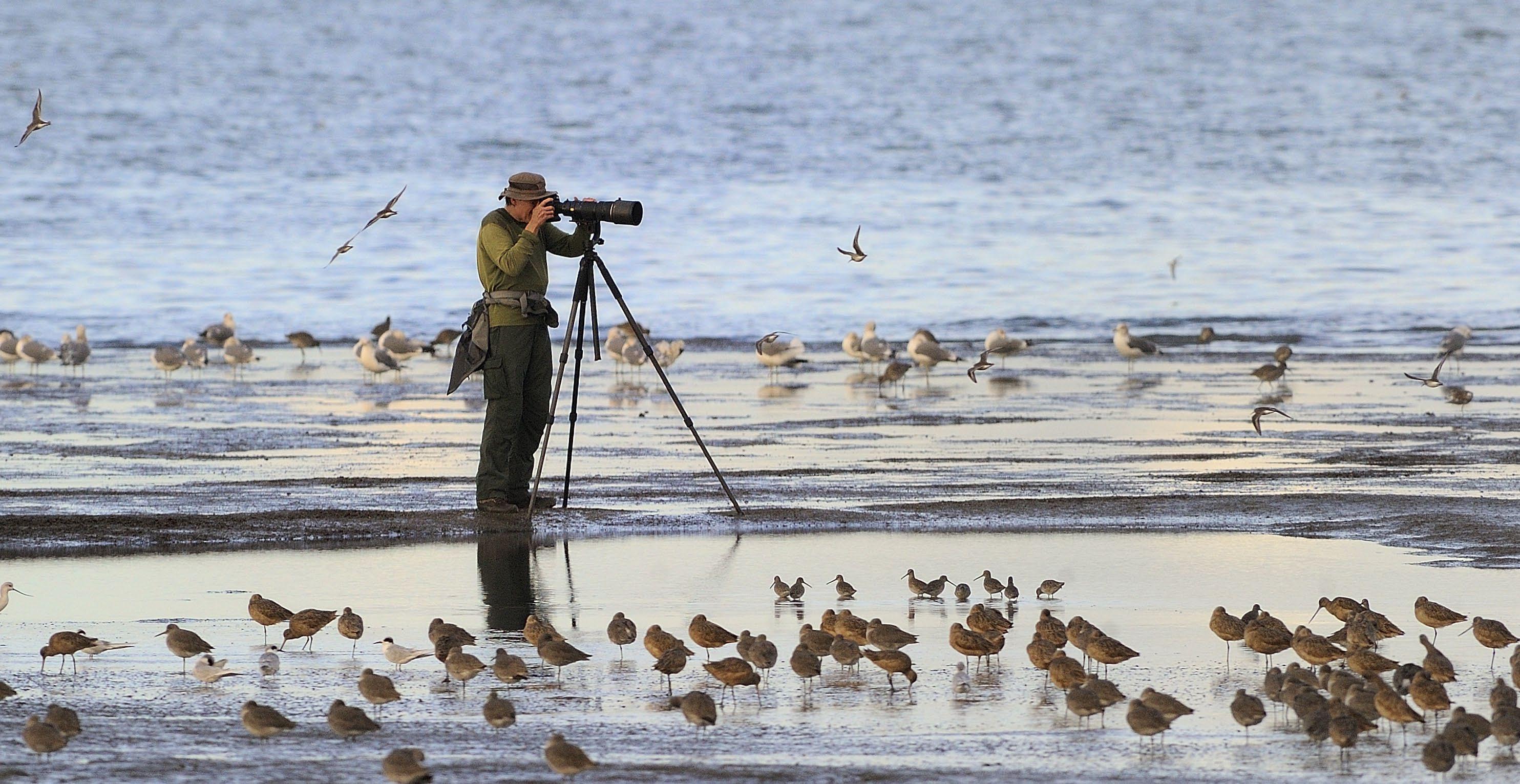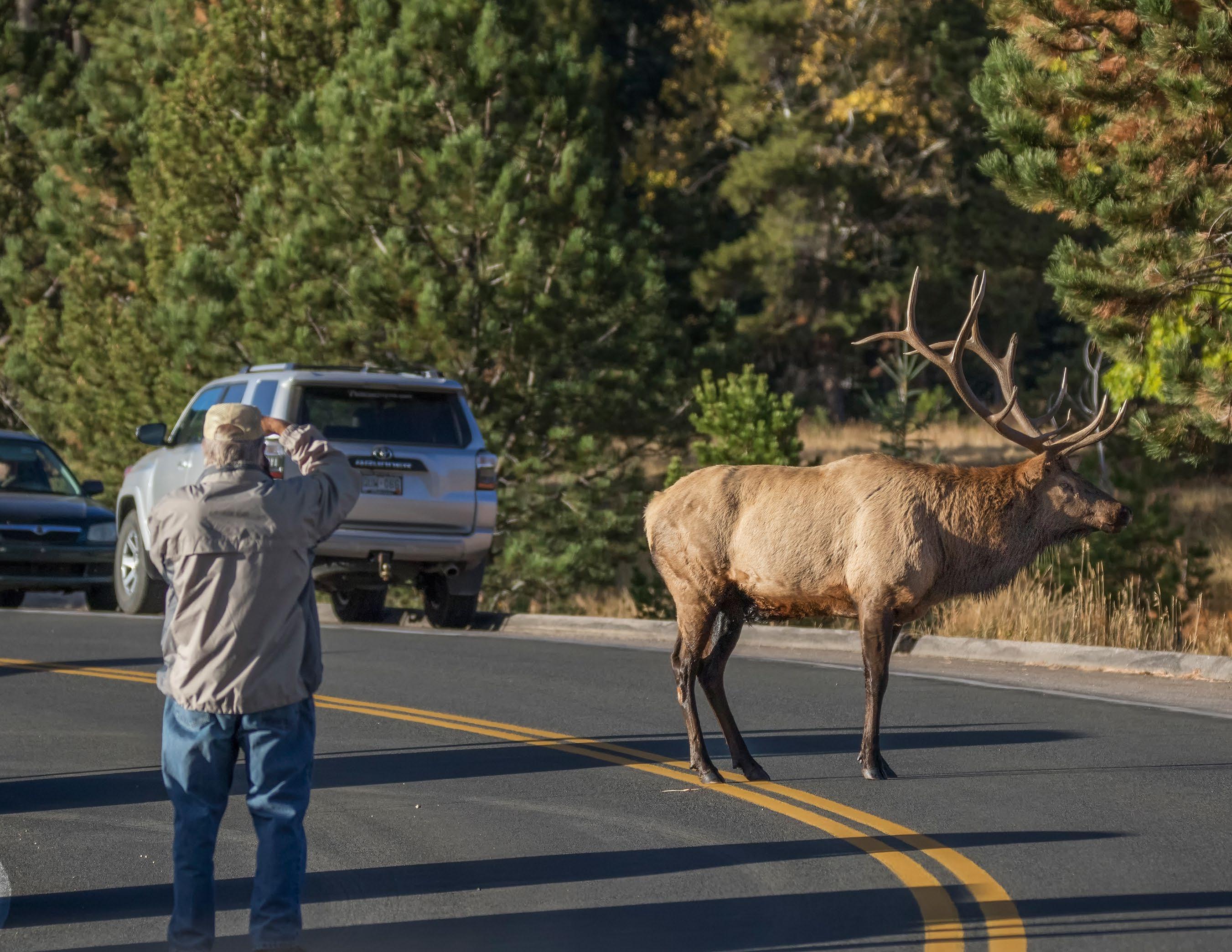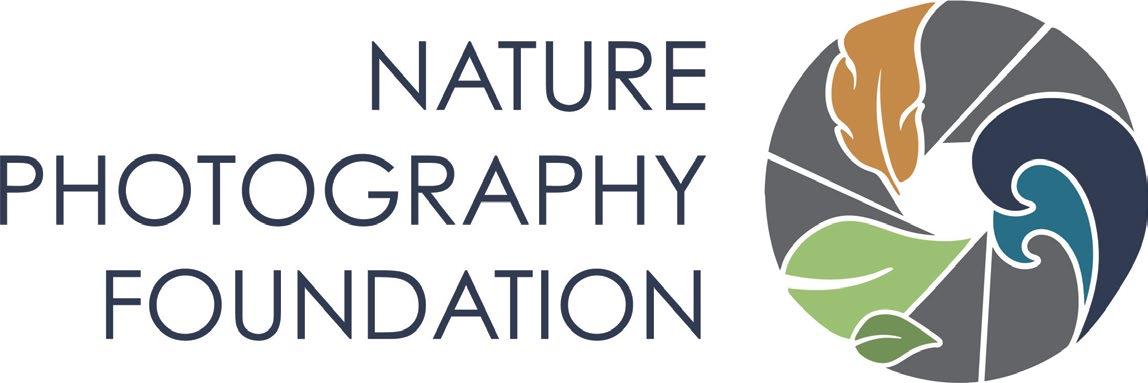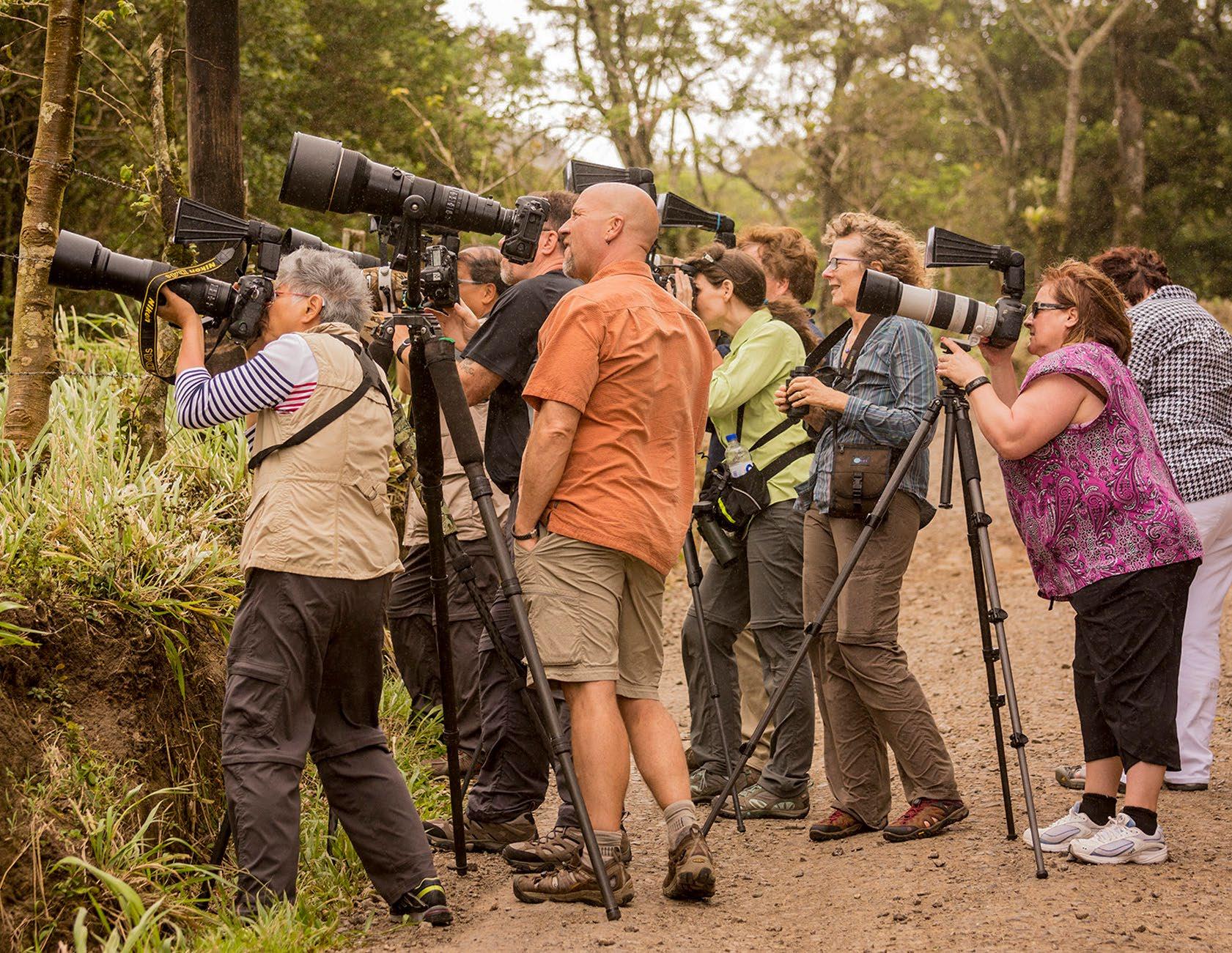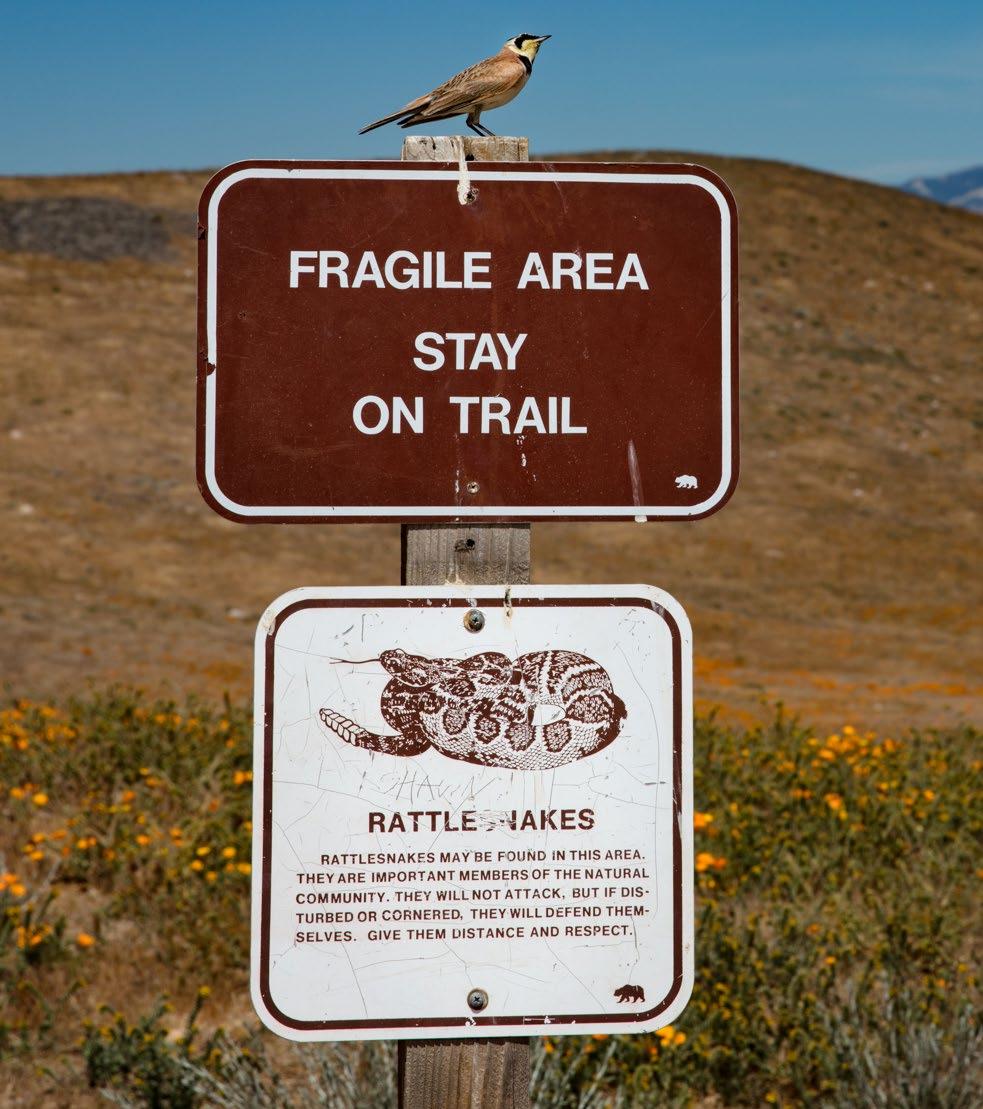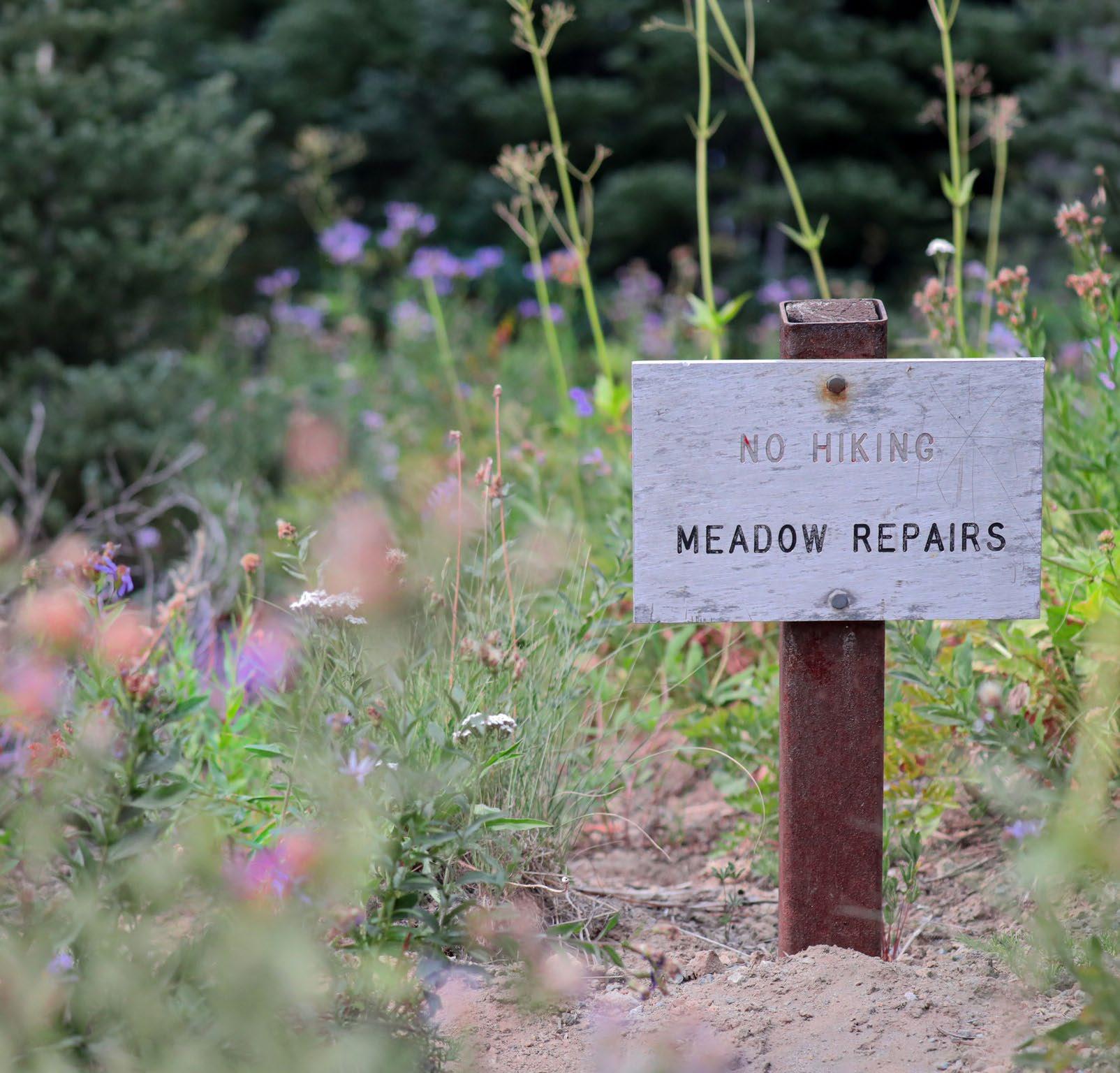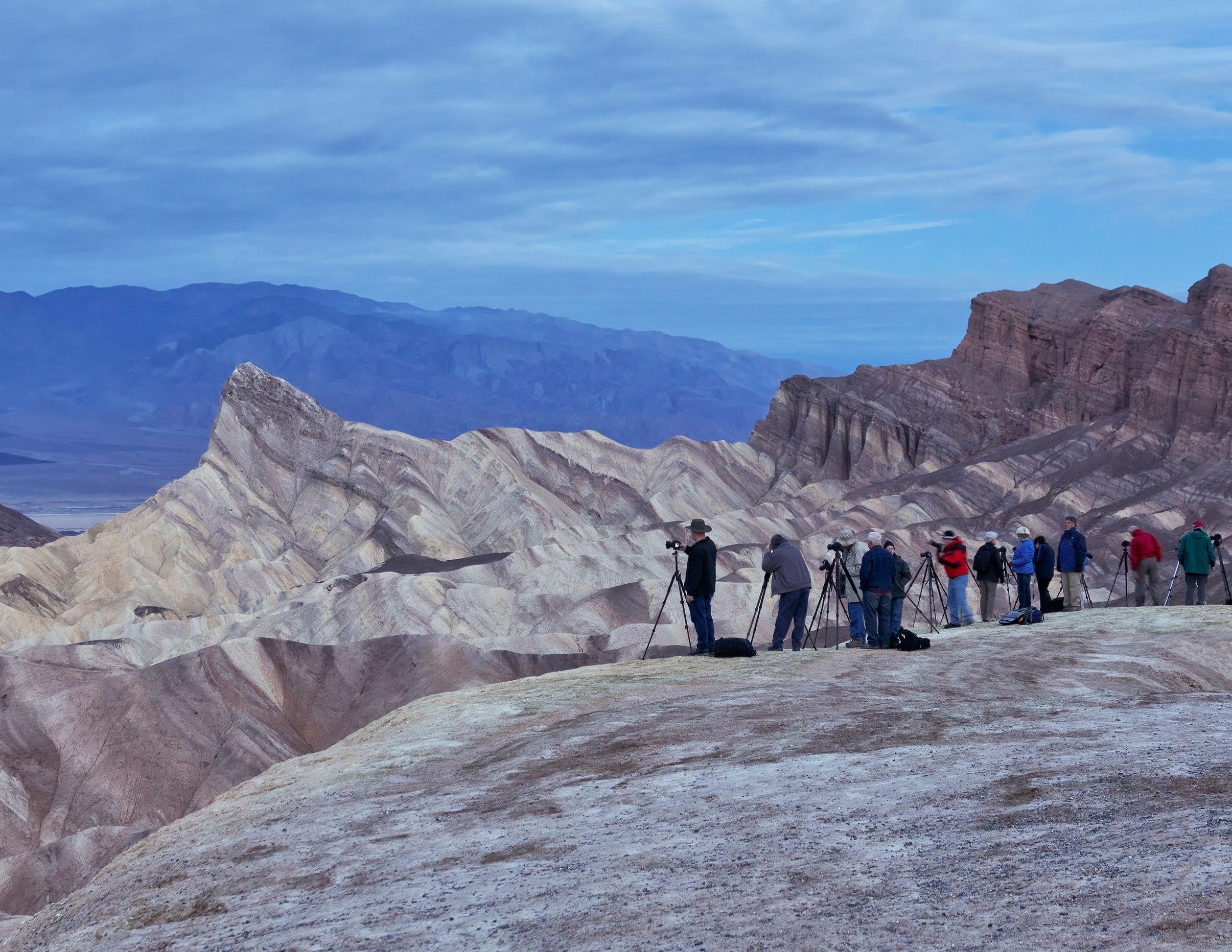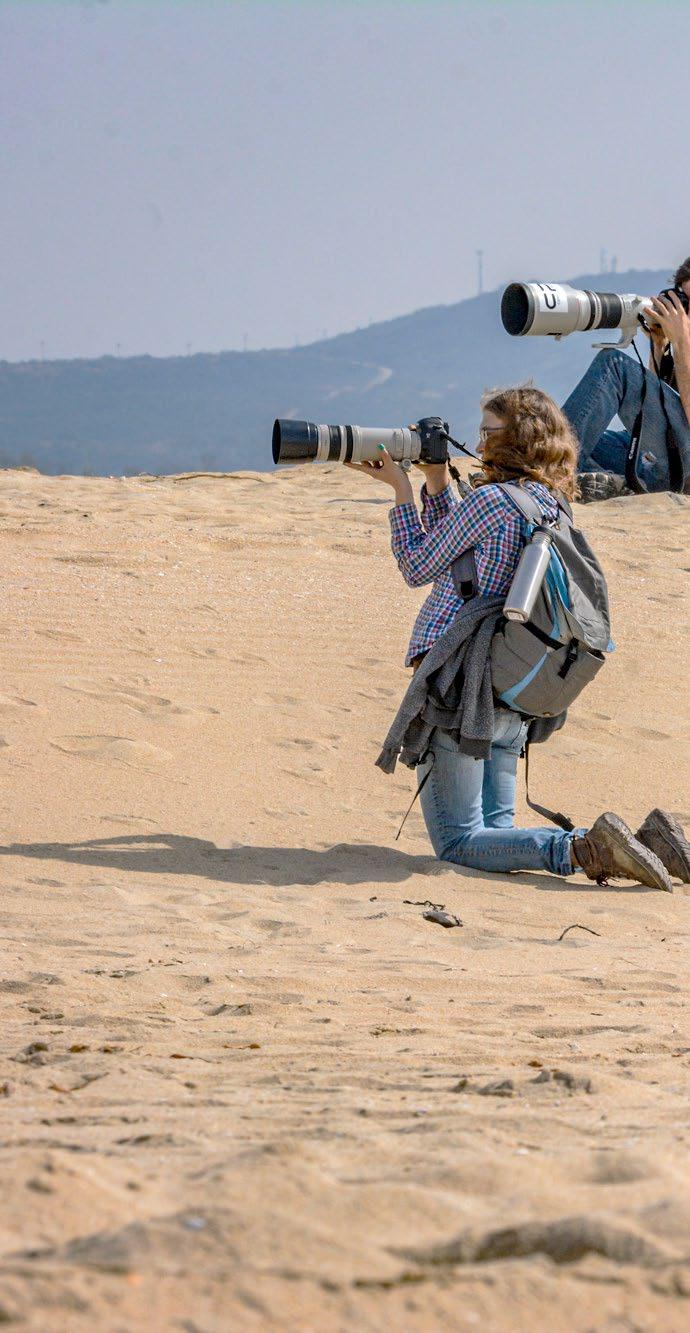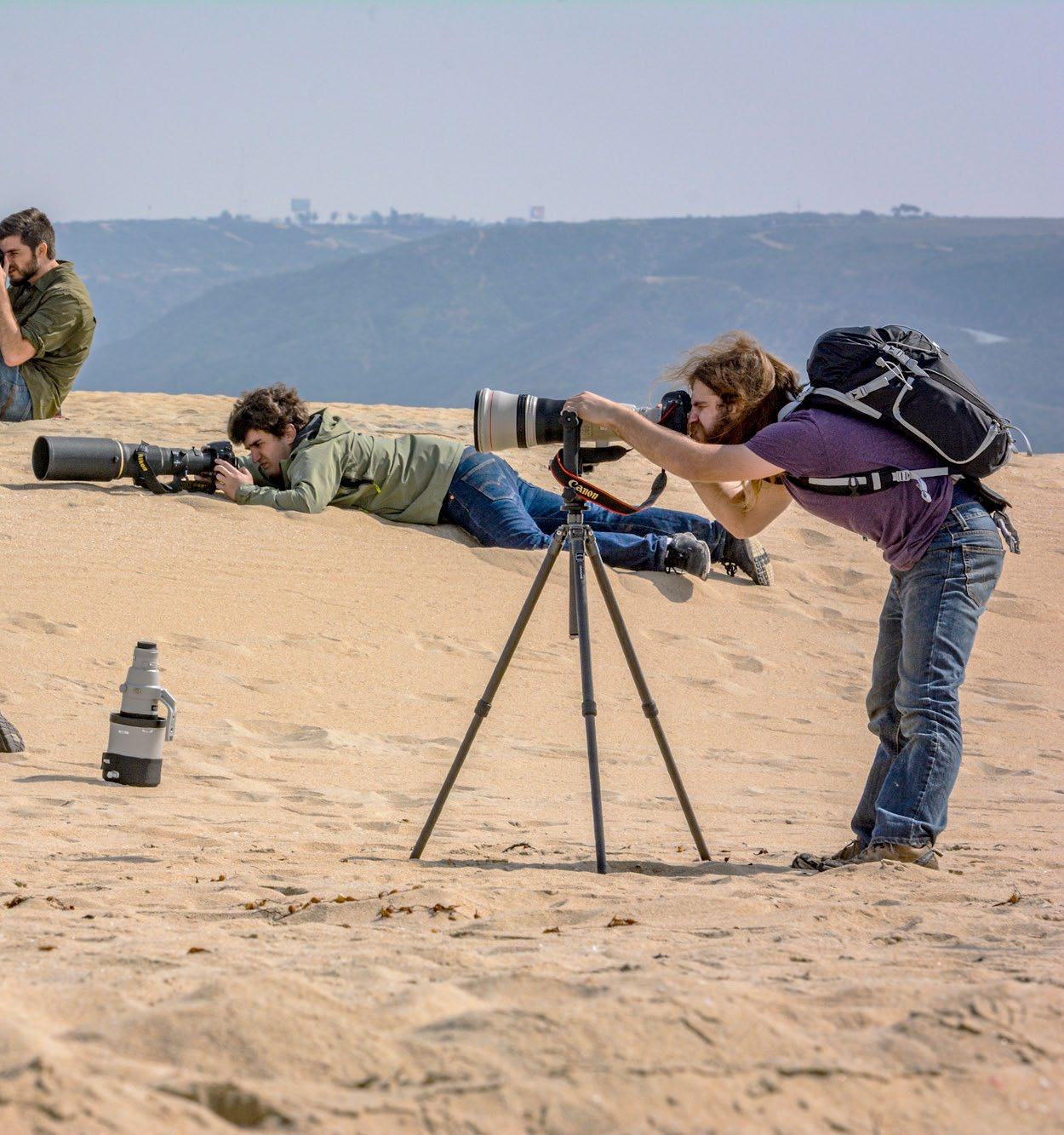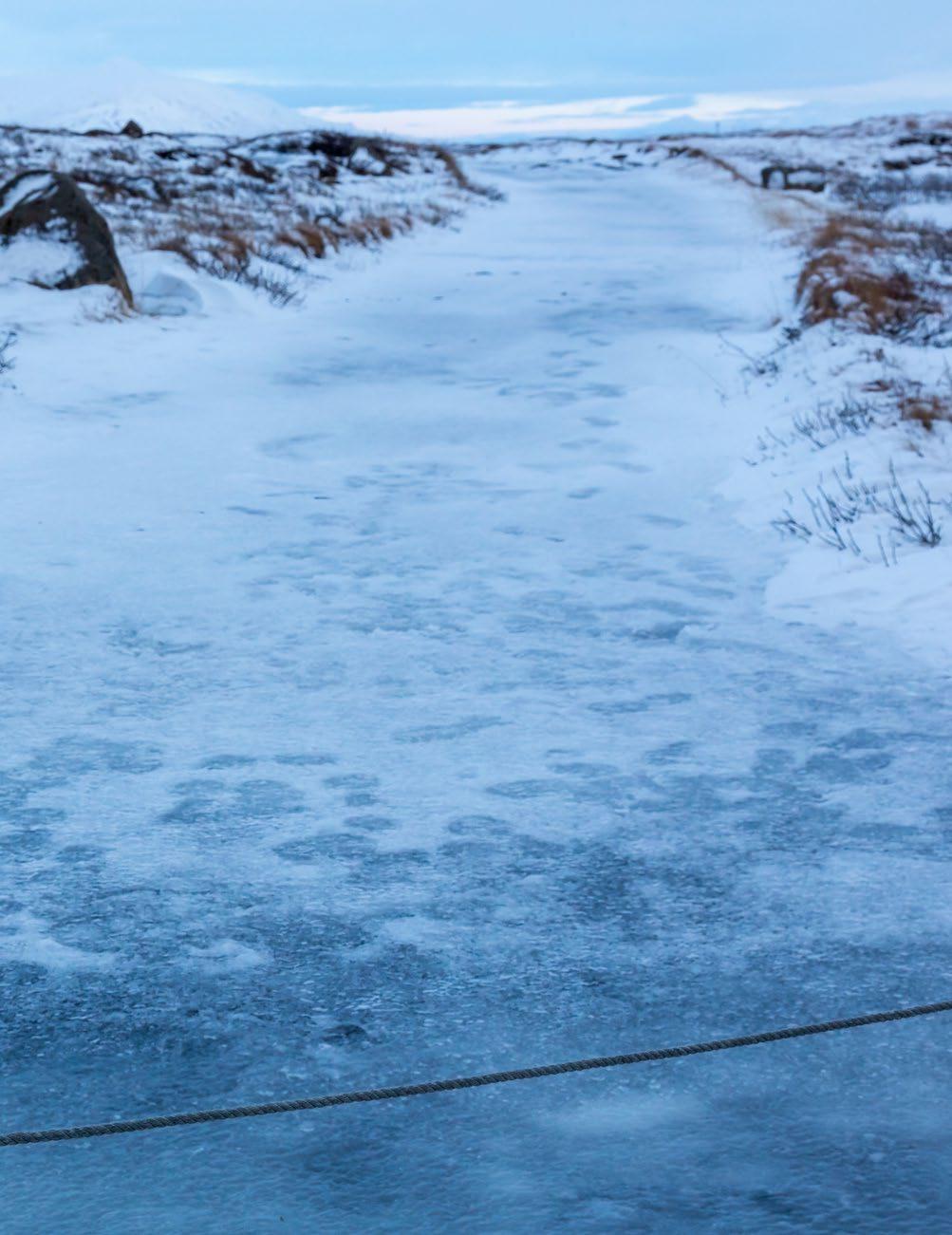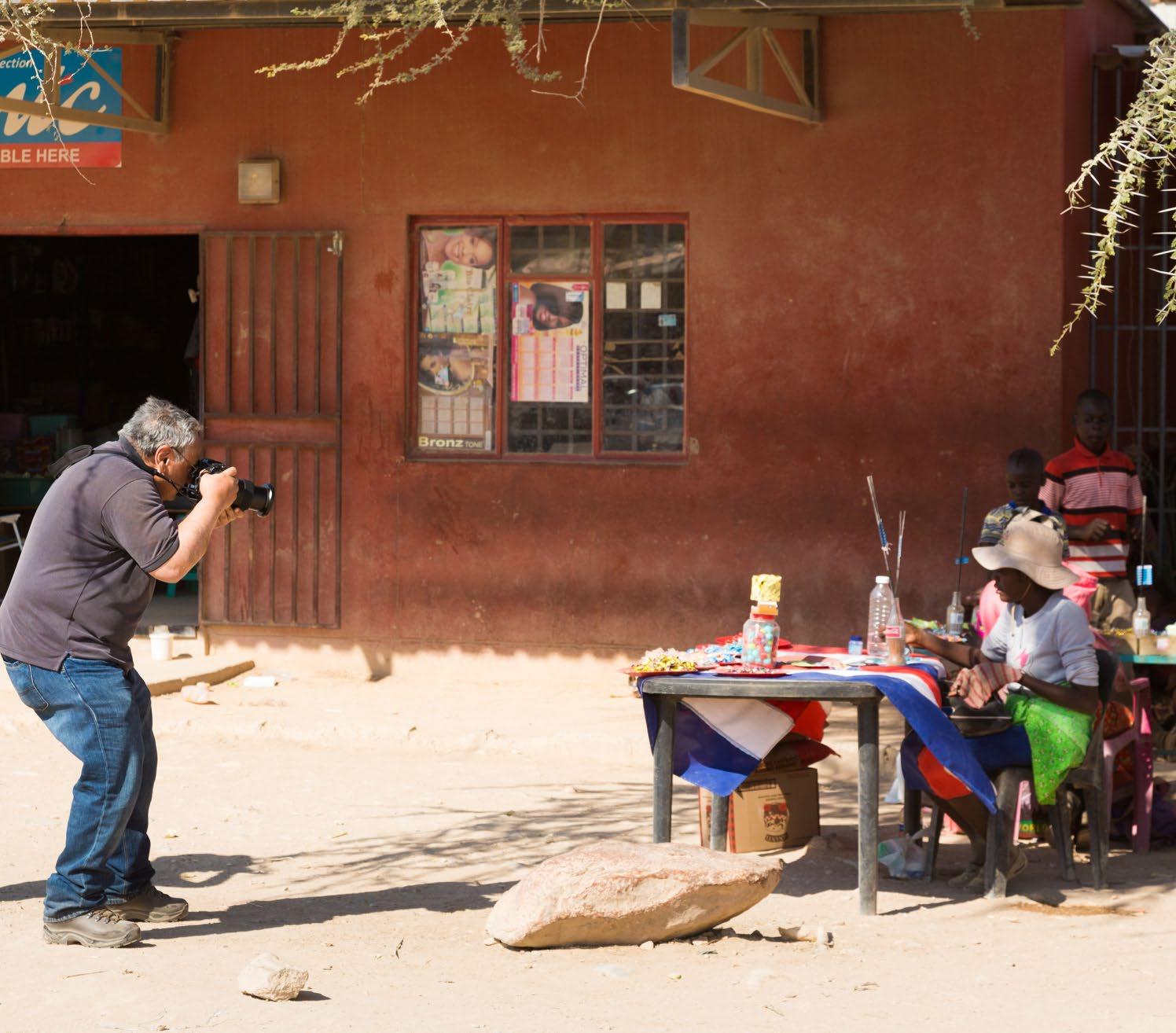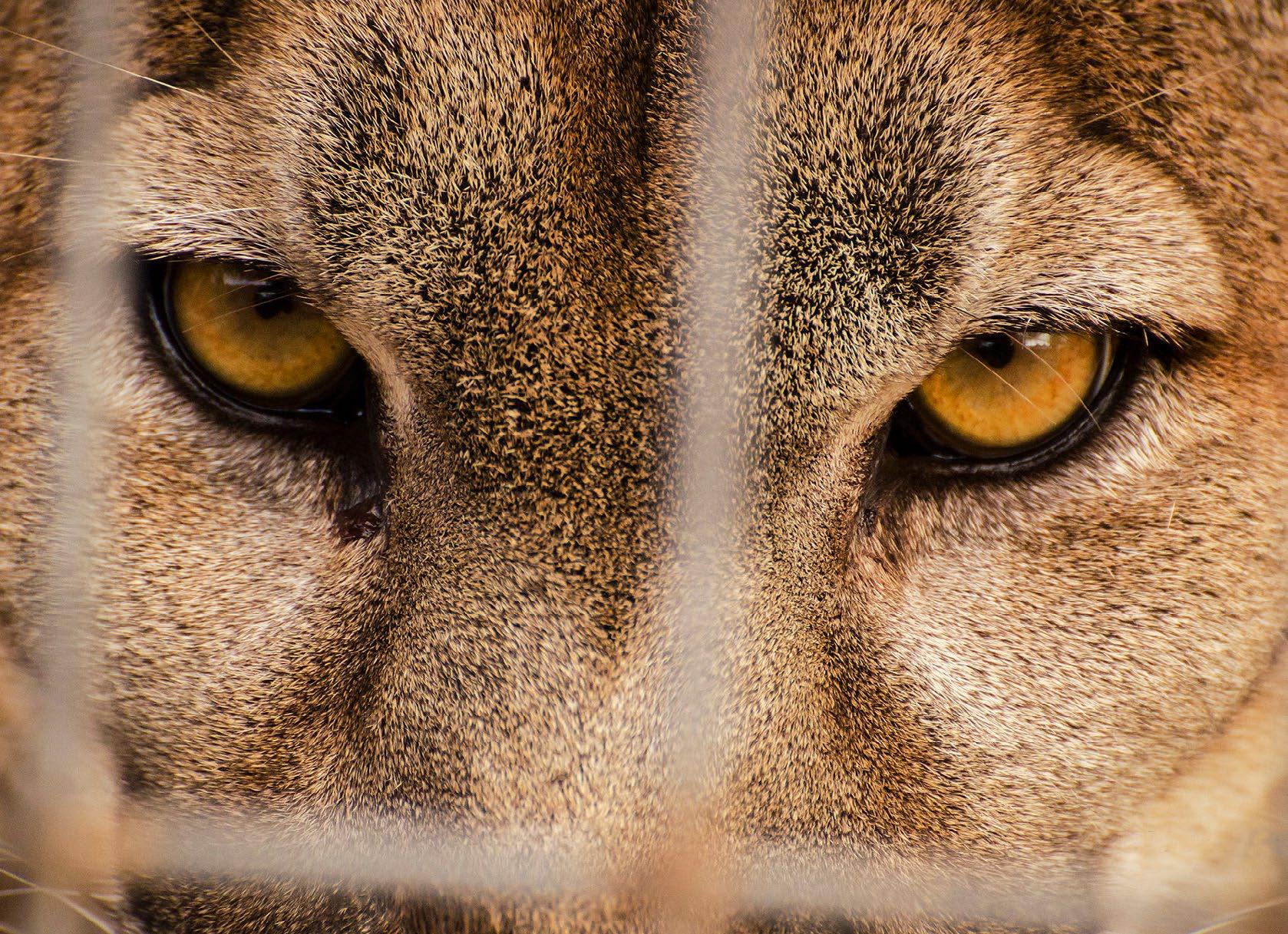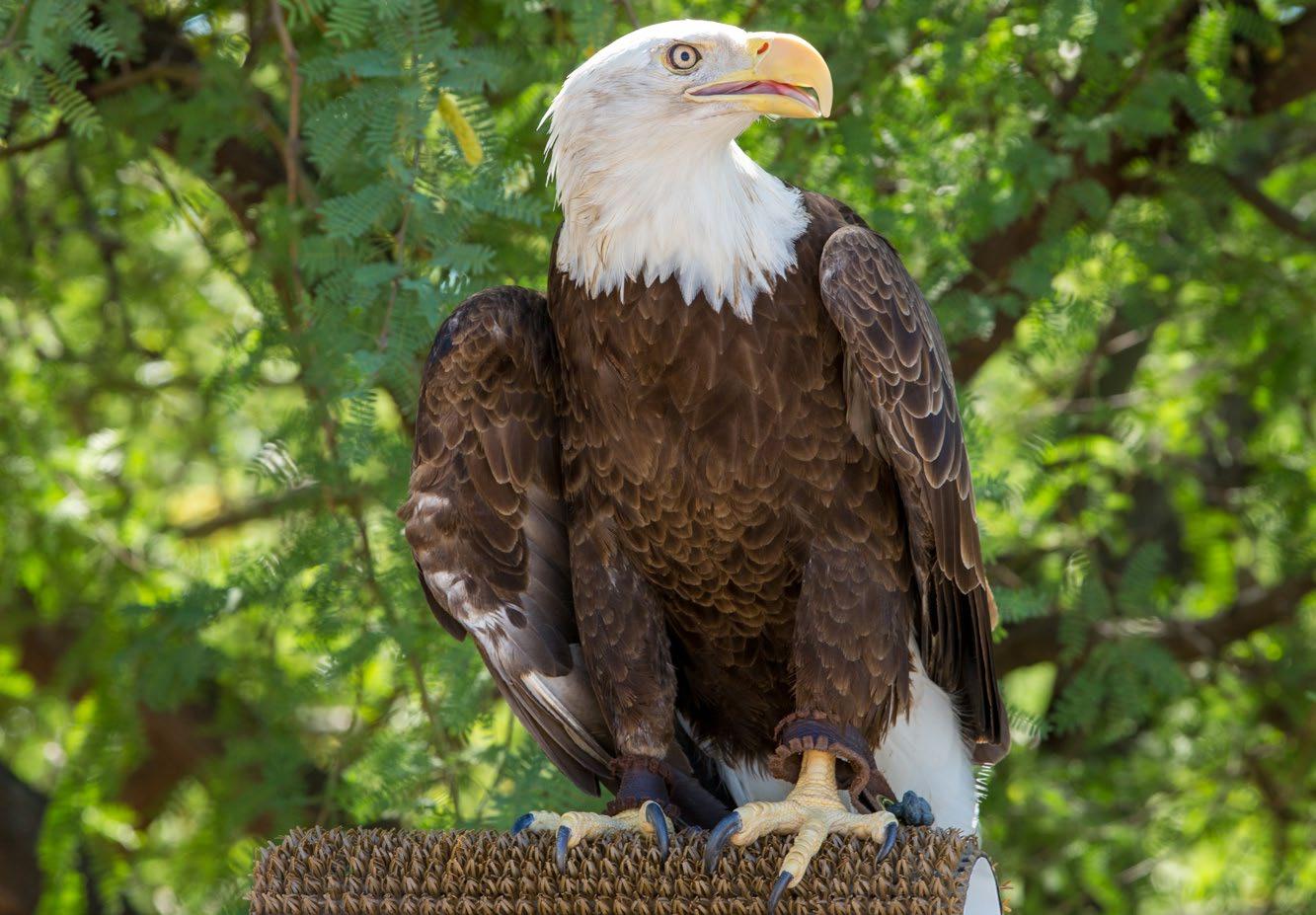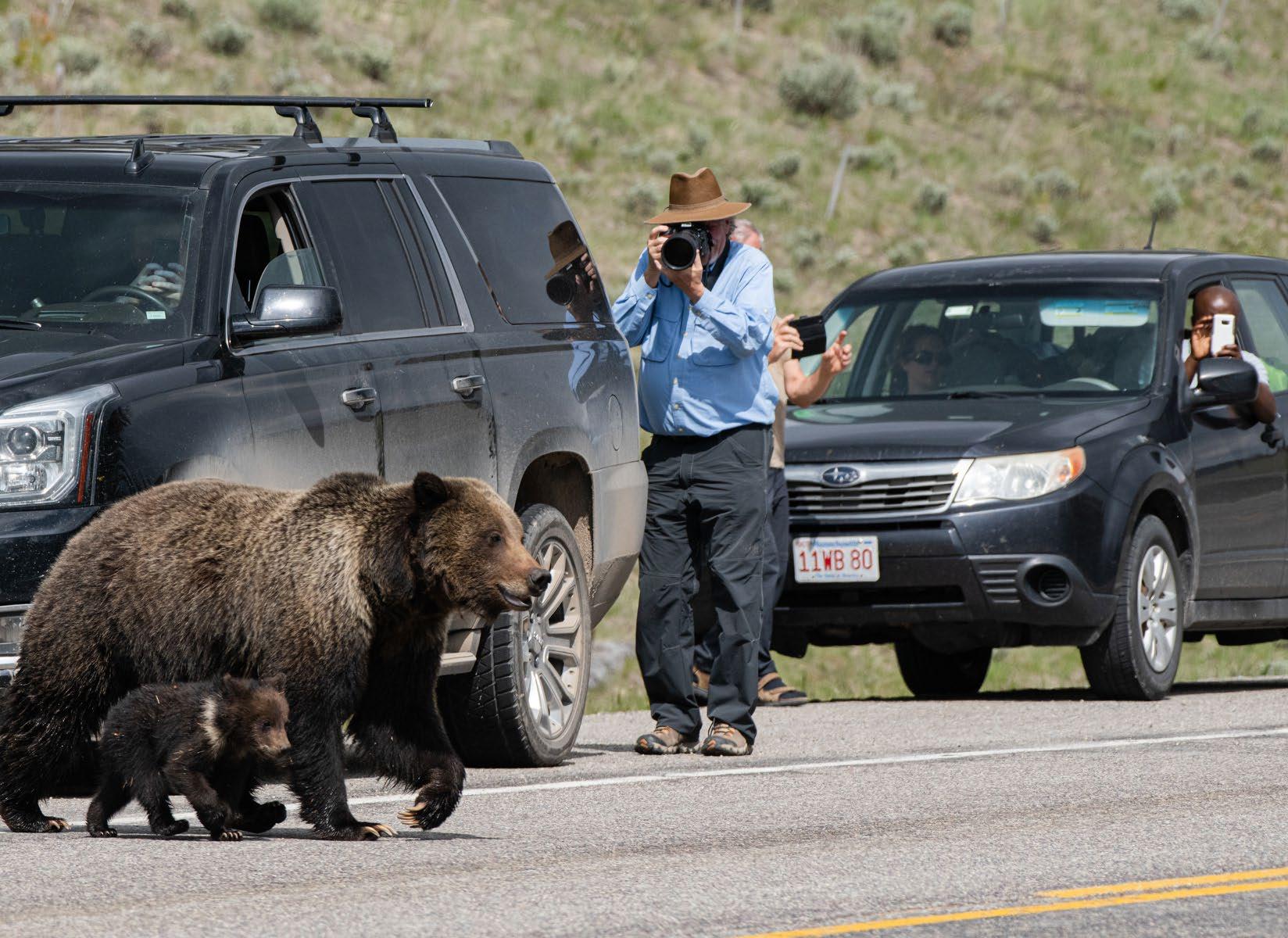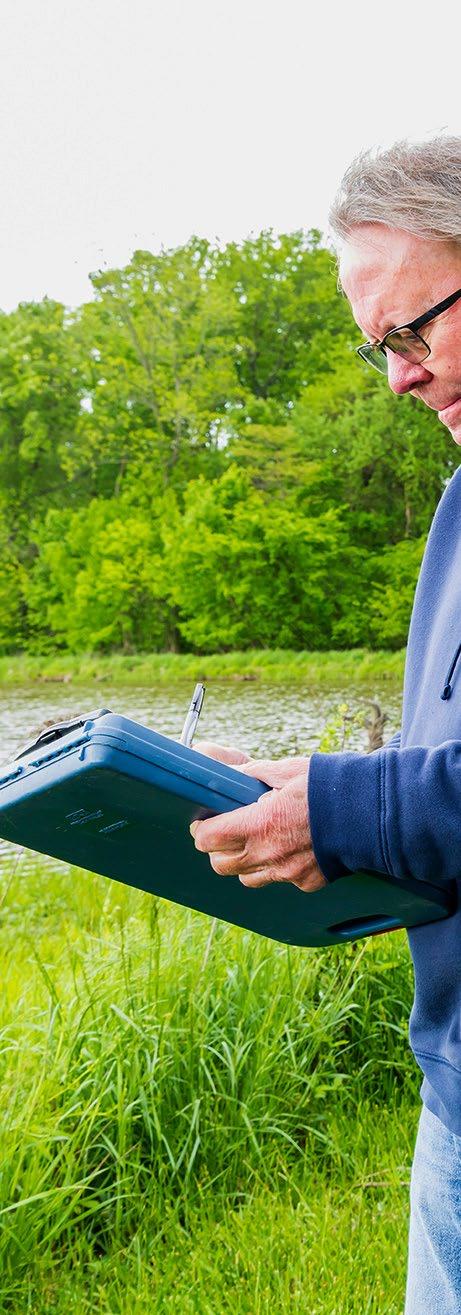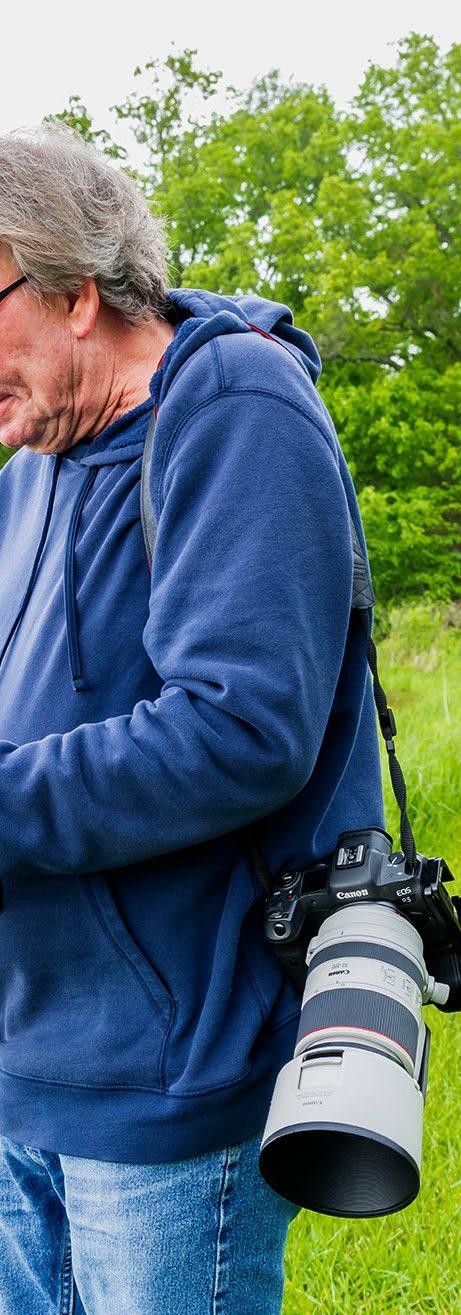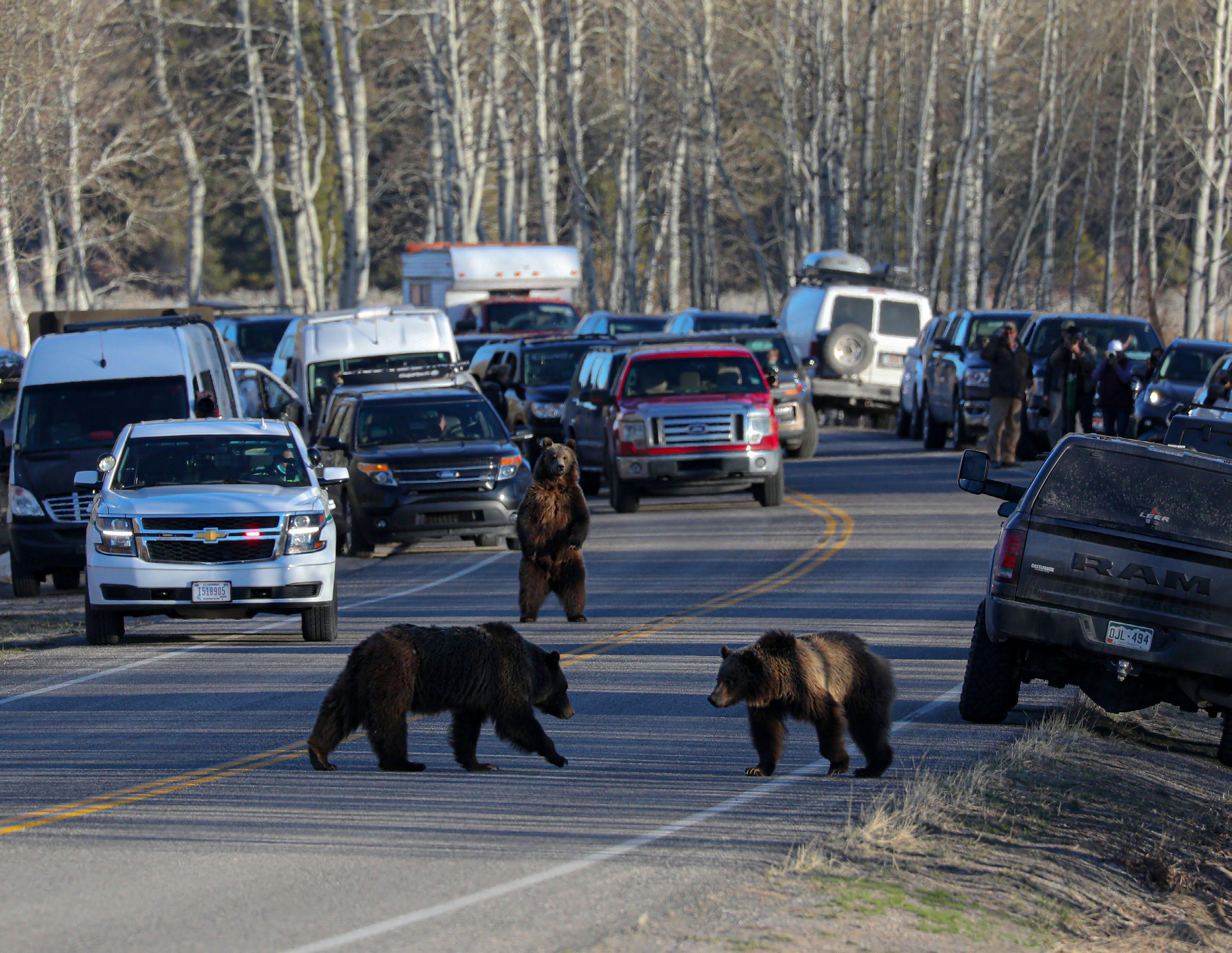NANPA Guide To Responsible Nature Photography
Our Goals
History of NANPA’s Principles of Ethical Field Practices
A core mission of the North American Nature Photography Association (NANPA) is to help nature photographers conserve and celebrate the natural world responsibly. NANPA issued its Principles of Ethical Field Practices (“PEFP”) in 1996 to advance that mission and these broad principles have served nature photographers well. The PEFP was a pioneering code of conduct and has been used as a model across the world.
Much has changed since 1996, however. Nature tourism has exploded in popularity, causing chronic and cumulative impacts to fragile and shrinking ecosystems already stressed by a changing climate. The ascent of digital photography, mobile phones, and social media has in turn expanded interest in nature photography— a 2016 survey estimated 30.5 million people identified as wildlife photographers in the United States alone. Unfortunately, we have also seen a marked increase in photographers behaving badly in the pursuit of nature photos while putting themselves, wildlife, the environment and the reputation of fellow photographers at risk.
Combining a Code of Conduct with Information and Resources
To put it bluntly, a general code of conduct for photographers is no longer enough. Nor is simply telling photographers they need to “learn their subjects” without providing further guidance and direction.
Photographers today need science-based information and practical advice to help them photograph responsibly in any situation they encounter. NANPA’s Guide to Responsible Nature Photography seeks to fill that need.
Uniting Photographer Experience with Science
Through years of experience and observation, many nature photographers have learned how to get images they want while minimizing disturbance to the land and its wildlife. That expertise, however, is often acquired through a great deal of trial and error that can cause unintended and unnecessary harm to subjects along the way. Science can help. “Recreation ecology” can help photographers understand how to avoid harming a natural landscape while traveling or photographing. “Sensory ecology” can help photographers understand how wildlife sense and perceive their presence. The new field of wildlife “escape behavior” can help photographers understand when an animal is distressed by their presence and how it will likely respond in various situations. This Guide seeks to distill these lessons into practical advice for photographers and tour leaders alike.
Call for a Broader Dialogue
Today’s nature photography environment is complex and challenging. Nature photographers seek compelling images while minimizing their impact in increasingly crowded natural locations. Photo workshop leaders and tour companies compete for clients in an extremely competitive market. Scientific researchers explore how to measure and reduce negative impacts of nature tourism (and nature photographers) on habitats and wildlife. Land managers struggle to balance access against
conservation. While all share the same general goals, there is often little discussion or collaboration between them.
This Guide thus calls for a broader dialog between nature photographers, photo workshop and tour leaders, land managers, scientific researchers, and the public at large. NANPA believes that open, respectful discussion, education, and debate are vital to the continuing evolution of responsible nature photography for this and future generations. We offer this guide fully expecting it to trigger further discussion, debate, and evolution of viewpoints on a wide range of issues.
Helping Photographers Act Responsibly in Any Situation They Encounter
While all nature photographers should aspire to do no harm, not everyone agrees on how to measure that harm in every situation. While general codes of conduct can help, they are often ineffective. Bioethicists David A. Fennell and Hojat Yazdan Pahan recently surveyed photography ethics codes across the world and found them lacking in that they are usually deontological (i.e. strict “do’s and don’ts), do not account for variations by location, and most of all, fail to provide users with a consequence-based rationale for following advice (i.e. how and when conduct can cause harm).
So instead of simply issuing long lists of “dos and don’ts,” NANPA’s goal is to help all photographers understand the issues and the science, ask the right questions, seek the right advice, and act as best they can to avoid or minimize their disturbance in any situation they encounter. While our primary focus and advice pertains to nature photography in North America, we hope that it will help inform photographers across the world.
Ethics describes a system of principles that informs concepts of right and wrong, as well as individual and communal rights and responsibilities. As much as we’d like to believe that there is a common set of ethics that universally informs behavior and norms, the truth is that there is a high degree of subjectivity that can also vary by locale. Further, ethics are fluid and constantly evolving. What is ethical behavior to one person doesn’t necessarily ring true for another. What was ethically acceptable ten years ago may no longer be true.
—Allen Murabayashi (Photoshelter Co-founder) “Are You an Ethical Photographer?” Petapixel
Resource Guide
We also have prepared a separate and extensive Resource Guide to document sources, research, and personal perspectives on issues. The Resource Guide is keyed to each section and chapter of this Guide, so it can be opened and easily explored in a separate browser tab.
As wildlife tourism and ecotourism continue to grow as important sectors of the tourism industry, care needs to be placed into how tourists interact with the natural world. Getting closer often means subjecting animals to undue stress in efforts to maximise our viewing pleasure. Consistent with the tourism industry in general, codes of ethics remain an important tool to educate tourists about the impacts of their behaviours, and they often act as anchor points that provide sensitivity to others.
—David A. Fennell & Hojat Yazdan Panah Tourism and Wildlife Photography Codes of Ethics: Developing a Clearer Picture
Left: © Mark A. Larson
Core Principles
NANPA believes that nature photography is a force for good. Conservation photographers help save locations and species by raising awareness, driving donations, and changing policies and behaviors. Fine art photographers bring joy to people through images that raise overall appreciation of the natural world. And as a mindfulness practice, few activities are as mentally beneficial as nature photography. At the same time, photographers do not have a right to photograph without regard to their impact on the environment, to fellow photographers, or to the public at large. NANPA thus encourages photographers to act as responsible stewards of the natural world and as role models for others. The following core principles outline those responsibilities and form the foundation of our new Principles of Ethical Field Practices that we introduced in the Foreword . We note these Core Principles here and discuss them in detail throughout this Guide.
Respect Laws and Regulations
Nature photographers should understand and respect laws and regulations pertaining to public and private lands and interactions with wildlife, including when a license, permit or permission may be required.
Be a Role Model
Photographers can serve as role models to fellow photographers and the public through their practices and mindful public messaging. Photo tour and workshop leaders can serve as role models by conducting workshops consistent with principles of ecotourism to minimize negative impacts.
Promote Responsible Nature Tourism
As consumers and as industry leaders, nature photographers can patronize and promote responsible nature tourism that provides a “net positive” conservation benefit to local environments.
Use Appropriate Equipment and Techniques
With appropriate equipment and techniques, photographers can minimize harm to natural subjects and disturbance to natural ecosystems.
Respect the Natural Landscape
By learning about the fragilities of landscapes, photographers can avoid damaging the very lands and habitats they seek to celebrate. This includes “treading lightly” on the land while traveling, “leaving no trace” while on foot, and helping prevent the spread of invasive hitchhikers between ecosystems.
Learn Animal Behavior and How to Get Close Responsibly
Photographers must always strive to avoid distressing wildlife or disrupting critical behaviors. By learning how a wild animal senses a photographer’s presence, signals distress, and decides whether and when to flee, photographers can make better choices in the field, including how to dress, how to get close responsibly, how and when to use a photo blind, and when to stop or back away. By understanding issues pertaining to captive animals, photographers can make better choices about whether to patronize captive animal operations.
Think and Act Mindfully on Social Media
By thinking and acting mindfully about unintended consequences to natural subjects and locations, photographers can make better choices about whether and when to post certain images like wildlife selfies, when to obscure or hide location data, and whether to explain the context of how certain images were taken (e.g. precautions taken to obtain images without causing harm).
Photographers can also use social media to engage in respectful dialog about responsible practices.
Be Truthful
Photographer can help maintain public trust in nature photography by truthfully captioning and labeling images (e.g. wild or captive, use of artificial attractants, digital manipulation or AI image generation, etc.) and by compliance with photo contest rules. NANPA’s Truth in Captioning Statement provides helpful guidelines.
Left: © Wendy Kaveney
Responsibility, Morality, and Context
For nature photographers striving to act responsibly, the path is not always clear. Every situation a photographer faces brings unique issues and choices that must be considered and balanced and each photographer brings their own moral perspective to the determination of what is “ethical.” Such differences can lead to heated disagreement regarding the appropriateness of certain photographic practices and when a “line” has been crossed. Here are a few of the differing perspectives, factors and issues nature photographers routinely encounter:
• Harm to Animal or Ecosystem vs. Tourism Benefits . For some, the sole issue is potential harm to the animal or ecosystem – if a practice causes harm, don’t do it. For others, that harm must be balanced within a larger context, such as the overall benefits to conservation that nature tourism in a particular natural area may provide.
• Conservation vs. Profit or Self-Satisfaction . The ethics of a photographer’s actions may vary depending on how the images will be used. Photographers working on scientific, or conservation projects may find themselves in situations where some disturbance occurs, but the resulting images will benefit the species or a habitat. The exact same disturbance and image by a photographer driven solely by commercial gain or for winning contest images, however, may not survive a similar comparative analysis.
• Scale of Harm . Although the goal is always to “do no harm”, the reality is some degree of negative impact to the land or to wildlife is often inevitable. Determining when a disturbance moves from
minimal harm to a level that demands a change in tactics or backing away is a challenge for every nature photographer.
• Effect of Cumulative Impacts . The ethics of an action may vary depending on where that action takes place and reality of cumulative impact. For example, judicious use of a bird call may cause little disturbance on private land where there are few human visitors and calling is rare. But on crowded public lands the cumulative impact of many different visitors calling birds can be quite harmful, even if done very carefully.
• Acceptability of Practices Shifting with Time . It can be unfair to judge photographers operating in different times based on today’s standards, equipment, techniques, and the continued and increasing pressures on our world’s natural areas.
• Varying Attitudes by Location and Context . Individual beliefs as to what constitutes an acceptable practice can also vary widely by location, culture, and local conservation needs. For example, bird feeding is widely accepted in much of the world but in Australia bird feeding is more widely prohibited or discouraged.
• Image Usage . The audience for an image also has ramifications. For example, images intended for use in natural history or journalism need to be accurate representations of what the photographers saw and thoroughly captioned. For fine art uses, those considerations are not always as important.
• Ethics in Non-Nature Contexts . Nature photographers often photograph a wide range of subjects outside the nature context where very different ethical considerations come into play. For example, unique ethical considerations and controversies may apply when photographing people, places, and the copyrighted works of others. To help nature photographers how to address such situations, we have included articles and codes of conduct from other areas of photography in our Resources Guide.
Left: © Wendy Kaveney
The Responsible Photographer’s Checklist
Nature photographers can learn to act responsibly by asking themselves honest questions. The remainder of this Guide focuses on giving practical information and advice to help photographers answer such questions. For example:
• Is what I am doing legal? When do I need a permit? How do I get one and from where?
• What am I trying to achieve? Am I photographing editorially or as part of a conservation project in which the images may play an important conservation role? Am I photographing to sell photos commercially through stock or fine art? Or am I photographing for personal use, such as for fun or for a photo contest?
• Is my equipment and technique appropriate for this situation? Is my flash, shutter, or anything else I am doing to take a photograph causing harm? Do I know how to quickly and efficiently adjust my equipment or technique to lessen my impact?
• How can I avoid damaging the natural environment in which I am photographing? What do I need to know about this landscape? What harm might I do if I get off the trail? How can I avoid spreading harmful invasives between locations?
• How well do I know this subject? Do I understand how an animal is likely to perceive my presence? What signs indicate when the animal is aware of my presence and is showing signs of distress or warning me to back away? How do I know when it is likely to flee because I am too close, have approached incorrectly, or have lingered too long?
Never push it. My question has always been, what do you do as a photographer if nobody else is watching? You really are the person who determines your own ethics.
—Connie Toops
• How can I best approach a subject? Am I wearing the right clothes? Do I need to be totally quiet? Are photo blinds better at minimizing disturbance? Does my car work as a photo blind? Or is it better to work with habituated animals? Can I photograph captive animals responsibly?
• Is it a good idea to feed, call, or bait an animal into coming closer? What kind of damage might that cause? How do I caption such images truthfully?
• Do I need to learn more about my subject or the surrounding habitat, or should I get help from a field biologist or someone more knowledgeable before proceeding?
• How do I choose a good photo workshop or tour company? What kind of practices should I look out for?
• Will posting this image to social media cause a harmful “swarm” of people or unscrupulous collectors to a location? Can I obscure location data or delay a post to help avoid problems?
Right:
My Journey
NANPA is partnering with the Photography Ethics Centre on a project encouraging photographers to draft a short statement regarding their own personal views on ethics. For more, visit www.photoethics.org/ethics
Example: When I first started, I learned tips for how to get images that did not really consider the harm to the subject. I pushed envelopes to get pictures, thinking those photos were important. I have come to learn more about my subjects over the years and how to avoid disturbing them.
Ethics shapes our decisions around what we photograph, how we photograph it, how we edit that photograph, where we publish a photograph, and how we caption it. For photography businesses, ethics also shapes what kind of work they do and what clients they take on.
—Savannah
Dodd, founder of the Photography Ethics Center
Ethics is not only a set of principles that I carry in my toolkit, but also a set of questions that are constantly changing and being reformed. These questions are dependent on so many things, which may include: the people I am working with, the place I am working in, the publication I am working for.
—Tammy Law, tammylaw.com/aboutme Chinese-Australian photographic artist and book maker
We can all build in a higher awareness, a greater awareness, into our field craft as carefully as we build in knowledge of our camera’s buttons.
—Melissa Groo on The Photo Ethics Podcast
Left: © David DesRochers
This guide is for your personal use only.
Do not reproduce or distribute it to others without NANPA’s express written permission.
NANPA® is a registered service mark of the North American Nature Photography Association.
Visit us on the web at: www.nanpa.org
Photo Credits
Photographs used in this guide were generously donated by NANPA members. These include:
Charles M. Anderson
Richard Day
David DesRochers
Ann Duncan
Wendy Kaveney
Mark A. Larson
Gretchen Kay Stuart
Jennifer Leigh Warner
North American Nature Photography Association nanpa.org
